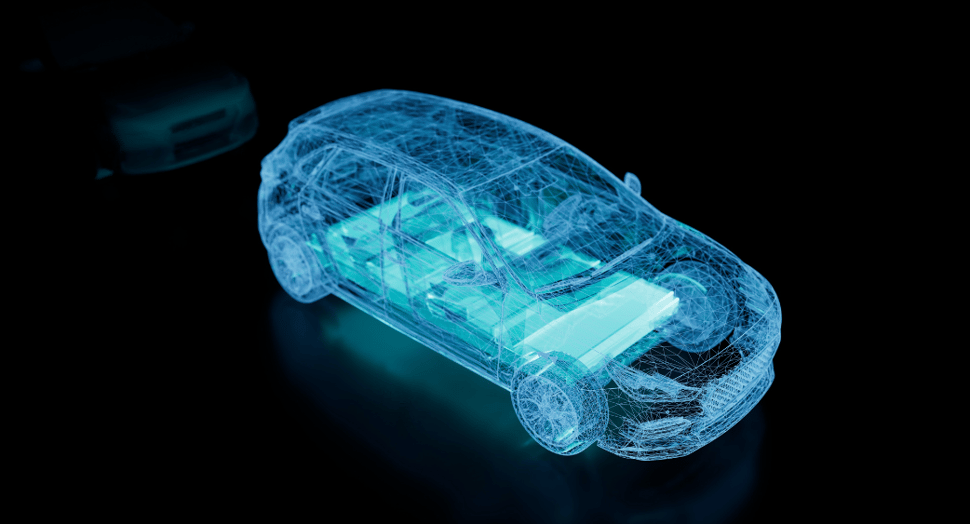 Discover the benefits of EV charging stations for businesses in achieving sustainability goals. Learn how they can help reduce emissions, save costs, and demonstrate a commitment to sustainability.
Discover the benefits of EV charging stations for businesses in achieving sustainability goals. Learn how they can help reduce emissions, save costs, and demonstrate a commitment to sustainability.
Lithium-ion batteries are the most common type of battery used in electric vehicles (EVs) due to their superior performance and durability compared to traditional lead-acid batteries. According to a report by BloombergNEF, global sales of EVs are projected to grow from 1.7 million in 2020 to 8.5 million in 2025, creating a growing demand for EV charging solutions. In this post, we'll discuss the basics of lithium-ion batteries, how they work, and how they're charged in EVs.
How do Lithium-ion batteries work?
Lithium-ion batteries are made up of several cells, each consisting of a positive electrode, a negative electrode, and an electrolyte. The electrodes are made of a conductive material such as graphite, while the electrolyte is a lithium salt in an organic solvent. During charging, lithium ions move from the positive electrode to the negative electrode through the electrolyte, while electrons flow through an external circuit to the negative electrode, generating an electric current. When the battery is discharged, the process is reversed, with the lithium ions moving back to the positive electrode.
How are Lithium-ion batteries charged in electric vehicles?
EVs have a built-in charging system that converts AC power from the charging station into DC power that can be used to charge the battery. The charging system regulates the amount of voltage and current that is sent to the battery, ensuring that it is charged safely and efficiently.
There are several types of EV charging systems, each with different charging speeds and power levels. Level 1 charging uses a standard 120-volt AC outlet and can take up to 20 hours to fully charge an EV battery. Level 2 charging uses a 240-volt AC outlet and can provide up to 80 miles of range per hour of charging. Level 3 charging, also known as DC fast charging, uses a 480-volt DC power supply and can provide up to 80% charge in as little as 30 minutes.
Contact us today to experience EV charging solutions that are designed to provide fast and efficient charging for electric vehicles, while also ensuring the safety of the battery.
Sources:
- BloombergNEF: Electric Vehicle Outlook 2021
- U.S. Department of Energy: Charging Levels for Electric Vehicles
- Electrify America: DC Fast Charging Explained

